Rock and Roll? Rock and Art
Between 40 – 35,000 BCE, “rock art, rock carvings, rock engravings or rock inscriptions” created the foundations of images drawn, painted or carved onto surfaces of rock. Being one of the oldest forms of artistic expression known to mankind, it gave our ancestors ways to document their past lives in story form using representative symbols, which years later, we have discovered and studied.
Symbols and what they represented
Drawing/carving only what they were seeing, our ancestors drew what was around them and what they’ve seen. They used their eyes as a tool and guide of how to depict what to draw. Contrary to what most may think, not all rock art looks the same as another. Using extensive research and funding, researchers have discovered that although created on separate sides of the world, there are ‘universal’ symbols and imagery that most rock inscriptions have in common.
One example would be the spiral. Throughout the world, it is the most common geometric symbol found in rock art. Researchers have argued about the original meaning of this design, from the sun, life itself, a portal to the spirit world, or eternity. Throughout the Americas it was an extremely common thing to find, and is believed to be connected to the use of hallucinogenic drugs.
Types of rock art
Rock art can be divided into 2 different categories, pictographs and petroglyphs. Pictograph rock art incorporates the uses of paintings and drawings, whereas petroglyphs include the method of engraving or carving on the rock.

The method of petroglyphs is to remove layers from the rocks surface, to create contrasting colours/ textures between the rock and the carvings. To do this, they would use stones, bone or antler tools, hammerstones, or any sharp tool that they would apply immense pressure to create the carvings. Different rocks had different surfaces, whether it was a thinner or thicker layer determined what tool and how much pressure to use.
To create pictographs, the materials used for colouring were mainly made from mineral pigments. Hematite was used for red, limonite for yellow and kaolin for the whites. Another way colouring materials were created was to use plant sources, using charcoal for blacks, and lichen for yellow. Our ancestors were ahead of their time and in some circumstances would use an animal-sourced bonding agent like isinglass, animal fat or blood to create a type of adherence for the pigment on the rock. They applied these pigments in a difference of ways, most commonly by hand, but also used feathers and twigs.
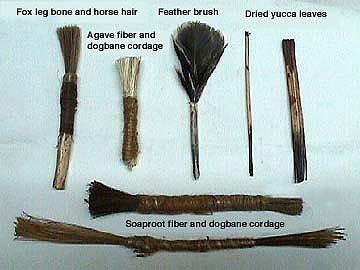
Earliest findings
Rock inscriptions can be found all over the world on every continent. However, the earliest known findings were in Asia and Europe and created between the years of 40-35000 BCE. Researchers have discovered that the oldest cave paintings were not located in Spain and France, (contrary to original belief) but located on the island of Sulawesi in Indonesia. After travelling 8,000 miles while in a cramped cave, the Indonesian rock art was exposed by Maxime Aubert and his colleagues. All over the walls are stencils human hands created against a backdrop of red paint. One specific drawing caught their eyes…. the depiction of a babirusa which was once familiar in this area. Using a technique used to date cave art, Aubert, a geochemist and archaeologist was able to establish its ancient age of at least 35,400 years old ultimately making it ‘the world’s very first picture’.

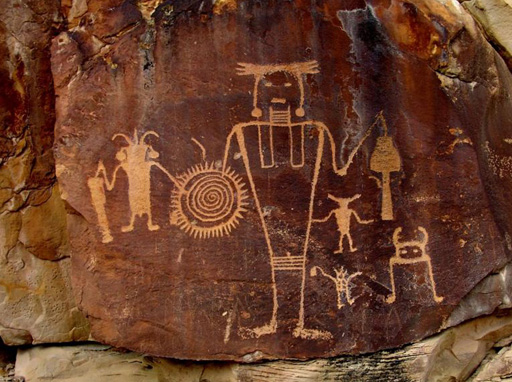
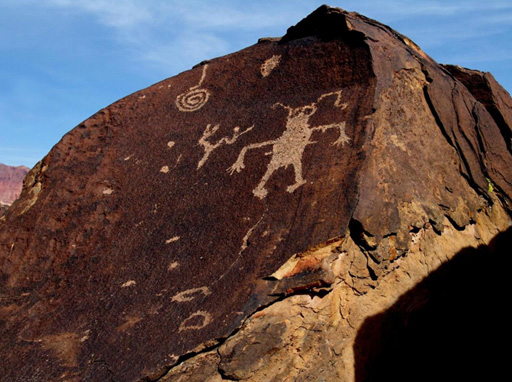
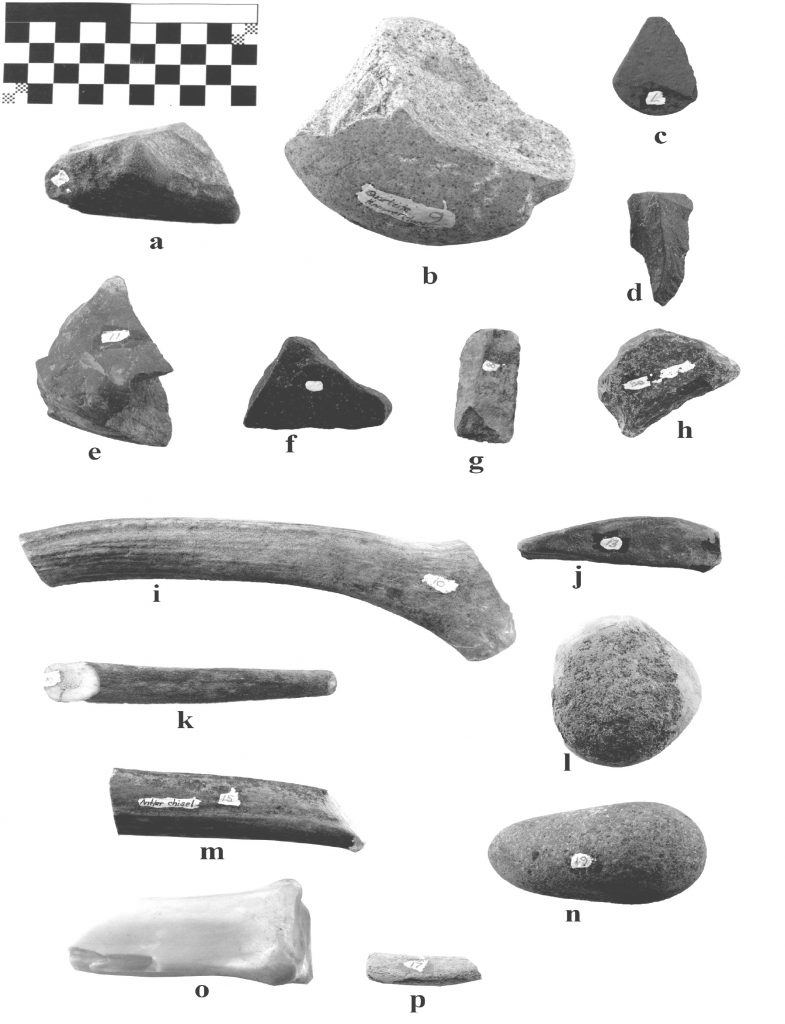
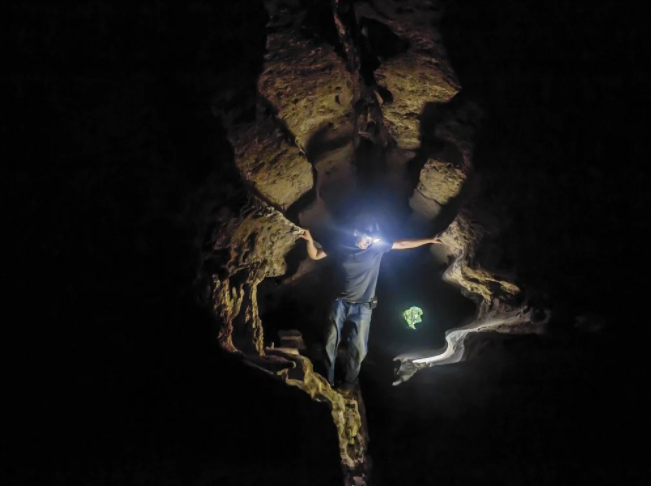
October 8, 2021 at 3:32 am
Writing notes from Patrick
Good grabber of a headline and a good job of assembling information. I’m guessing you did not use Grammarly or read out loud what you wrote. You would have caught some whoppers, such as … After travelling 8,000 miles while in a cramped cave … that some big cave! Little mistakes can spoil the overall effect of your obvious diligence in gathering and sharing the story.